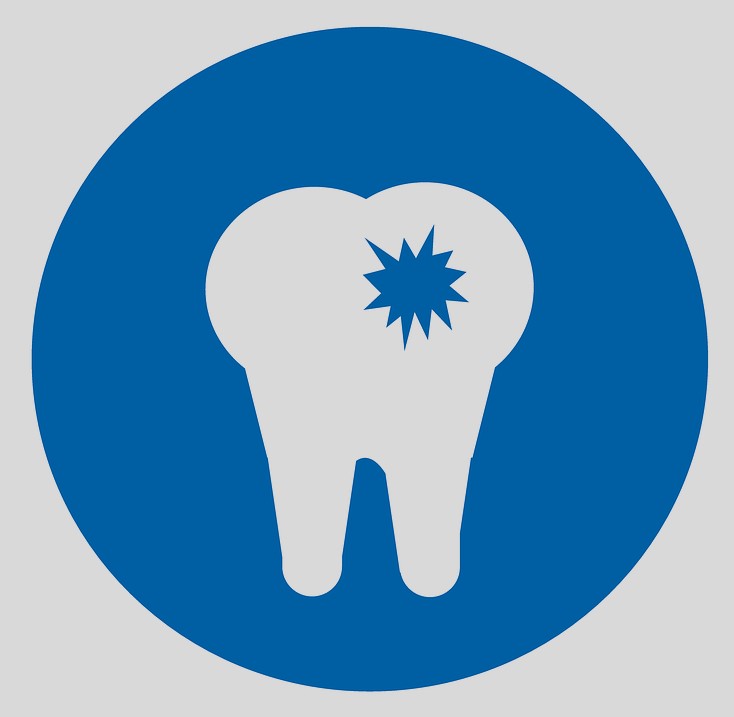
Cavities or tooth decay can develop in anybody, but they are particularly common in children, teenagers, and older adults. Untreated cavities will become larger and damage more layers of the tooth. In extreme cases, this can lead to tooth loss.
Cavities form when bacteria begin feeding on the starches and sugars on a tooth and form a sticky film called plaque. The plaque creates acids that eat away at the tooth’s enamel and eventually create a hole called a cavity. It also eventually hardens into tartar or calculus. Fortunately, cavities can be both treated and prevented. Here are four ways to reduce the risks of developing cavities.
See A Dentist Every Six Months
The dentist’s job is to help their patients maintain good oral health. To that end, they will examine the patient’s teeth, gums, and surrounding tissues. If they find a problem, they will treat it. For example, if a patient has a cavity, the dentist will remove the decayed part of the tooth and replace it with a filling or some other restoration like a crown. Dentists also perform cleanings during which they remove plaque and tartar. They can also apply fluoride or sealants and advise patients on ways to take better care of their teeth. Preventative dental care provided by a professional is an essential part of protecting your teeth for the long run.
Use A Mouthwash
Mouthwashes don’t just freshen breath, but they also kill bacteria. Some mouthwashes also contain fluoride, which is particularly helpful to patients who get a lot of cavities. The dentist can recommend which type of mouthwash would be most helpful.
Consider Getting A Sealant
A sealant is a protective coating made of plastic that the dentist will apply to the patient’s back teeth. It works by sealing off the crannies and grooves that would otherwise collect food and thus prevent the tooth from developing plaque. Sealants last for several years, and the dentist will check them at every visit. The CDC recommends that all school-age children be given sealants.
Use A Remineralization Toothpaste
A remineralization toothpaste is one that contains ingredients that strengthen tooth enamel and thus reduce the risk of tooth decay. Such toothpastes also make teeth less sensitive to hot and cold. The best remineralization toothpastes contain some combination of calcium phosphate, sodium fluoride, and stannous fluoride. All of these ingredients can bond to tooth enamel and help protect it. The dentist can recommend a good remineralization toothpaste. Also, toothpastes do list their ingredients, and the patient can check to see if any of the aforementioned ingredients are in their toothpaste.
Finally, the old standbys of brushing and flossing at least twice a day will help prevent cavities. Limiting one’s consumption of sugary drinks and foods will prevent cavities by reducing the amount of food for bacteria.

